Dynamic effective connectivity in cortically embedded systems of recurrently coupled synfire chains
- PMID: 26560334
- PMCID: PMC4762935
- DOI: 10.1007/s10827-015-0581-5
Dynamic effective connectivity in cortically embedded systems of recurrently coupled synfire chains
Abstract
As a candidate mechanism of neural representation, large numbers of synfire chains can efficiently be embedded in a balanced recurrent cortical network model. Here we study a model in which multiple synfire chains of variable strength are randomly coupled together to form a recurrent system. The system can be implemented both as a large-scale network of integrate-and-fire neurons and as a reduced model. The latter has binary-state pools as basic units but is otherwise isomorphic to the large-scale model, and provides an efficient tool for studying its behavior. Both the large-scale system and its reduced counterpart are able to sustain ongoing endogenous activity in the form of synfire waves, the proliferation of which is regulated by negative feedback caused by collateral noise. Within this equilibrium, diverse repertoires of ongoing activity are observed, including meta-stability and multiple steady states. These states arise in concert with an effective connectivity structure (ECS). The ECS admits a family of effective connectivity graphs (ECGs), parametrized by the mean global activity level. Of these graphs, the strongly connected components and their associated out-components account to a large extent for the observed steady states of the system. These results imply a notion of dynamic effective connectivity as governing neural computation with synfire chains, and related forms of cortical circuitry with complex topologies.
Keywords: Background synaptic noise; Combinatorial representation; Effective connectivity; Metastability; Recurrent network dynamics; Synfire chains.
Figures


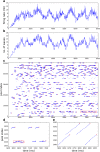
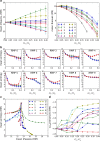

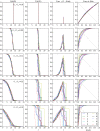
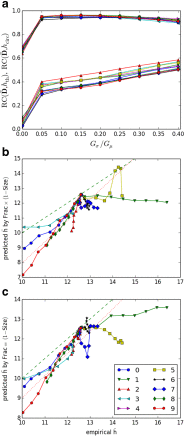
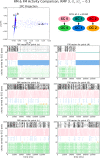

References
-
- Abeles M. Local cortical circuits: an electrophysiological study. Berlin: Springer; 1982.
-
- Aertsen A, Erb M, Palm G, Schüz A. Coherent assembly dynamics in the cortex: multi-neuron recordings, network simulations and anatomical considerations. In: C. PantevPantev C, Elbert T, Lütkenhöner B, editors. Oscillatory event-related brain dynamics, volume 271 of NATO ASI Series, Series A: Life Sciences. New York: Plenum Press; 1994. pp. 59–83.
-
- Alais D, Blake R. Binocular rivalry and perceptual ambiguity. Cambridge: MIT Press; 2005.
Publication types
MeSH terms
LinkOut - more resources
Full Text Sources
Other Literature Sources
Research Materials

